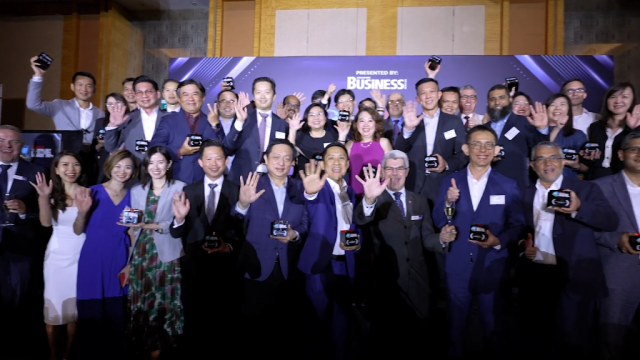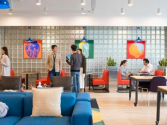Affluent consumers are driving mobile shopping trends in countries like Singapore
By Prashant SaxenaHop in the MRT, open your Asos or Carousell app and start shopping. Mobile commerce has become a natural part of our daily lives.
In Singapore, we have seen how mobile shopping has unlocked a new consumer superpower, giving shoppers the unprecedented ability to compare, choose, and make a purchase regardless of accessibility or time constraints.
Global research has shown that consumers' comfort to use this superpower depends on various factors that include security, connectivity, and screen size. These factors place various economies in a spectrum of mobile shopping – a trend that has surged in the key growth markets around the world.
Over 2014, Chinese consumers spent more than three times as much on mobile shopping as they did the previous year. Mobile shopping spends in India have more than doubled in 2014. The numbers in Korea have crossed the 10 trillion won mark. Given the mobile shopping frenzy, Singapore startup Carousell raised US$6 million in investment from Sequoia.
Given their ultra-mobile lifestyle and spending power, affluent consumers across the world are driving the mobile shopping trend. Connected Life, a recent online study by TNS explores how technology is transforming the lives of affluent mobile shoppers across the planet.
The study covered 2,000 affluent consumers across 20 key economies including Singapore, China, Hong Kong, Japan, Korea, Malaysia, Taiwan, Thailand, and Australia from Asia Pacific; Russia, France, Germany, UK, Luxembourg from Europe; UAE from the Middle East; and US, Mexico, and Brazil from the Americas.
Key takeaways that emerged from this study can help us uncover new and exciting opportunities for marketers to connect with mobile shoppers in this increasingly complex environment.
1. The mobile shopping map
China, Thailand, South Korea, UAE, and Mexico shop more than the global average. These economies boast of high concentration of affluent population and depict propensity towards niche SMB brands. Mobile shopping in UAE is more than three times the global average; Thailand comes second with twice the same. While Singapore, Hong Kong, and Brazil sit at the global average, the US, Luxembourg, and France are at least fifty percent below the global average despite being early adopters of mobile technology.
2. The hotspots of product discovery among the affluent
The trigger to shop online is often fuelled by product discovery. Aspirations on Instagram, showing off on Facebook, and personal messages on WhatsApp or Line have made social media an important discovery tool in the purchase process. Purchases often happen in a matter of minutes for categories like clothing and accessories, small gadgets and beauty, done simply through multiple apps.
According to the Connected Life study, Facebook tops the list as the most engaged app in mobile shopping dominant countries like UAE, Thailand, Mexico, and Brazil, where the percentage of affluent using Facebook on an everyday basis is between 70 and 80%.
Similarly, apps like WeChat and Line also play an important part in China and Thailand. WhatsApp along with Facebook does very well in Singapore.
3. The future of mobile shopping
As affluent consumers drive the future of mobile shopping, world leaders in technology, banking, and telecommunications are helping overcome the barriers of mobile shopping. Apple is actively working to uncover the potential of mobile shopping by increasing screen size and enabling Apple Pay for offline mobile-based NFC payments to counter trust-based issues around payments. Digital security firm Gemalto is releasing various apps to inject trust in eCommerce transactions.
Locally, banks and telco providers have tied up to introduce offerings such as Standard Chartered Dash and SingTel mWallet. Recently, Singapore online marketplace Qoo10.sg observed that 50% of their customers came in through the mobile app. They went ahead and partnered with DBS Paylah to facilitate more than 20,000 transactions per day on the mobile.
These businesses are approaching the issue of trust by making consumers feel confident making payments through mobile in physical shops, to encourage them to do the same online. With the consumer spending via mobile jumping from $204 billion in 2014 to a predicted $626 billion in 2018, the global online giants such as Alibaba, Flipkart, Amazon, Lazada, and Zalora are definitely set to witness the next wave of mobile shopping.

























 Advertise
Advertise









